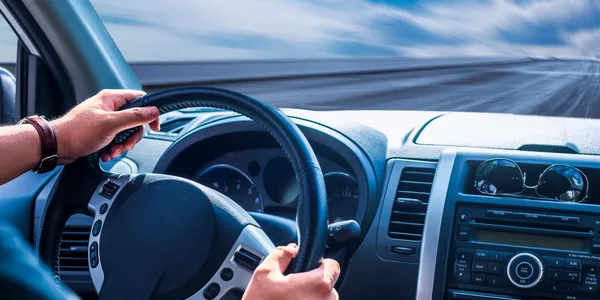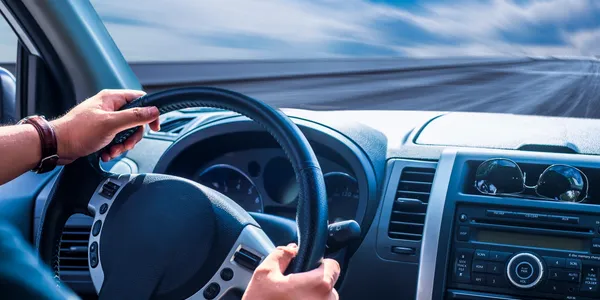How does Traffic school work in USA California?
Traffic school, also known as defensive driving or driver improvement courses, is a type of educational program aimed at improving the driving skills and knowledge of drivers. The goal of traffic school is to reduce the number of traffic violations and accidents on the road, thereby making the roads safer for everyone. In this article, we will explore what traffic school is, why people attend traffic school, and the benefits of attending traffic school.

Traffic school is a program that teaches drivers about safe driving practices, the rules of the road, and the consequences of breaking these rules. Traffic schools can be found in many different formats, including online courses, classroom-based courses, and video-based courses. Some courses may also include hands-on driving instruction, as well as simulations and interactive activities. In some cases, traffic schools may be court-ordered, while in other cases, they may be voluntary.

People attend traffic school for a variety of reasons. Some attend because they have received a traffic citation and want to reduce the penalties associated with that citation. Others attend because they want to reduce the number of points on their driving record, which can help lower their car insurance rates. Some attend traffic school simply to improve their driving skills and become a safer driver.
There are several benefits to attending traffic school. First, it can help drivers avoid points on their driving record, which can result in higher car insurance rates and potentially even a license suspension. Second, attending traffic school can help drivers avoid additional fines or penalties associated with a traffic citation. Third, traffic school can help drivers improve their driving skills and knowledge, making them safer drivers on the road. Finally, attending traffic school can help drivers avoid the time and expense of having to go to court to contest a traffic citation.

Attending traffic school can also help drivers avoid the stigma associated with having a traffic violation on their record. Having a traffic violation on your record can make it difficult to obtain employment or secure a loan, among other things. Attending traffic school and successfully completing the program can demonstrate a commitment to safe driving, and can help erase the stigma associated with having a traffic violation on your record.
It’s important to note that not all traffic schools are created equal. It’s important to do your research and choose a traffic school that is approved by your state or the court. Some traffic schools may offer quick and easy online courses, but these may not be as comprehensive as classroom-based or video-based courses. It’s also important to choose a traffic school that is reputable and has a good track record of helping drivers improve their driving skills and knowledge.
In conclusion, attending traffic school is an excellent way for drivers to improve their driving skills and knowledge, avoid penalties associated with traffic violations, and become safer drivers on the road. Traffic school can also help drivers avoid the stigma associated with having a traffic violation on their record, and can demonstrate a commitment to safe driving. However, it’s important to choose a reputable and approved traffic school to ensure that you receive a comprehensive education and the best possible benefits from the program.













